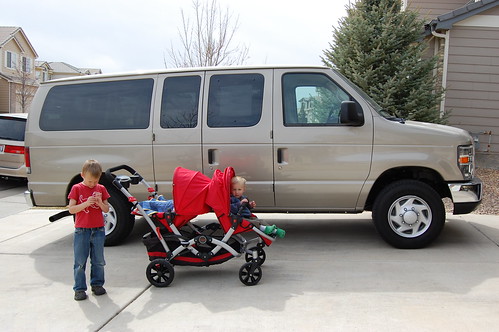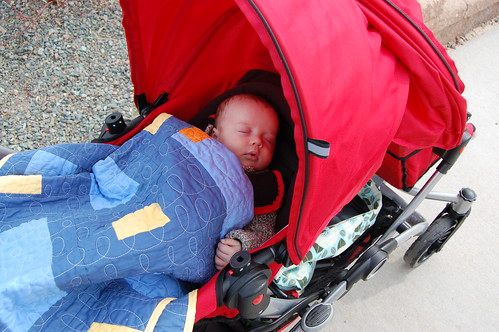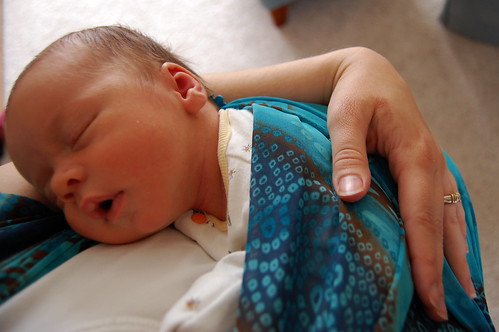One thing that is so hard about writing is that you can only say one thing at a time. I feel like my decision to home-school spills into every other area of my life. It’s this big spherical complex thing, but I can only go at it from one angle at a time leaving out what’s on the other side and leaving my explanation incomplete. But you know that as you read, right? Obviously my personality played a big role in how I perceived my public school experience. There was potential there for me to really have a rich learning experience, and I did at times ( it is hard to sum up 13 years in one paragraph) but I ended up learning HOW to learn on my own, and much later in life than I wish.
I think the way public school is set up makes it primarily a socializing tool. People get that– I can tell by the concerned questions they raise. “Aren’t you worried about your kids’ social skills?” or in other words “Aren’t you scared your kids will turn out really backward and weird?” I hardly ever get asked “Aren’t you worried about your kids getting the academic learning they need?” A lot of responses run through my mind like, “When was the last time a real person did real work in the real world and they were segregated by age, the 31-year-olds in one room, the 45-year-olds in another?” and “Kids generally turn out to be like their parents. There are backward and strange kids in public school and out of it.” To me it seems the most real world, natural place for kids to be, especially young children, is in a family.
For young children, school sets up competing authority figures. What if the teacher says one thing and Mom and Dad say another? Who’s right? How is a child to decide, especially at such a delicate stage where they are figuring out who they are, what they’re good at, what’s right and what’s wrong? School can also put children in social situations they aren’t mature enough to handle or understand. I think of Robert and Kevin, twin brothers in my elementary school classes who were mercilessly teased. We knew it was wrong to pass “cooties” around after someone touched one of them. It was not okay in any way, but no one was there to know, intervene, and help us think through the consequences of our actions. As we grew older the teasing ended and we were full of more compassion, but what had been said in earlier years could not be taken back and I’m sure have had lasting impact on those boys forever. Misunderstood social situations can happen in the early years, but what about those irrational hormone drenched middle school days? I know for my brothers and I that was a dangerous time. School was almost purely social– with concerns of poplarity and fitting in paramount, and immature decisions made that proved pretty disastrous.
I know that there are positives about the social structure of school, some very positive things, but as I have envisioned and prayed about what I want the feeling and relationships in my family to be like I just couldn’t get sending my kids away to spend so much of their waking hours away from their sibblings and parents to sit right. I love that the “peer group” they’ve got is each other, so Jonah will read and read so Brenna will think he’s cool and they can discuss dragons and hobbits and oompa-loompas. I love that Logan will work really hard to make a Lego jet so that he and Jonah can really play together. I love that they are each others role models and best friends. I love it that the cool things to do are read, draw, build, ride bikes, collect sticks and rocks and seedpods. I know some will say we could have created a family culture centered on the things Barry and I love and value while sending our kids to school, but it sure has been easier without that huge amount of interference. It is perfectly described in this post here.
Now, a little about boys. I have quite a few of those in my house and I grew up with 4 of them too. School doesn’t seem to be designed for little boys and so much of what happens in the earliest years totally flies in the face of how kids really develop. Little kids, particularly boys, need to jump and dig and throw and cut themselves with pocket knives and bang their thumbs with hammers (on accident), not sit in a desk doing busywork for hour upon hour. When a little boy doesn’t fit the mold, asks too many questions, wiggles too much, or is forced to learn to read before his brain is really ready to tackle that, he doesn’t learn how to learn. He learns that school is torture, that learning is too hard, and that he must be dumb. Pushing kids so hard when they are young and compliant is easy, but it isn’t helpful. Let kids focus on their strengths when they’re little while they’re forming their idea of who they are and what they’re worth. If they’re best at doing flips and crazy ninja moves then get them books about num-chucks and a trampoline. Don’t force academics and make him feel like a failure. That is no way to create a talented, confident, knowledgeable contributor to society.
So, here are some books that say it better than I do:
Leadership Education: The Phases of Learning It starts with a wonderful discussion of child development and educational theory based on writings of guys like Dewey and Piaget. I wrote a little bit about it here (I refer to it as “The Recipe” because before the child development stuff was in book form it was just an article called “The Recipe for Success”)
How Children Learn and How Children Fail by John Holt.
Dumbing us Down: The Hidden Curriculum of Compulsory Schooling by John Taylor Gotto who was an award winning New York public school teacher who resigned from teaching with his acceptance speech for the Teacher of the Year award. That speach is in this book. Gives ya something to think about.
The Minds of Boys: Saving our Sons from Falling Behind in School and Life This book is aimed at helping traditional schools change to meet boys needs, but is a good discussion about what schools have become, how that affects boys, and what boys need.
Okay, I promise the next post won’t be so long. And it will have pictures.



